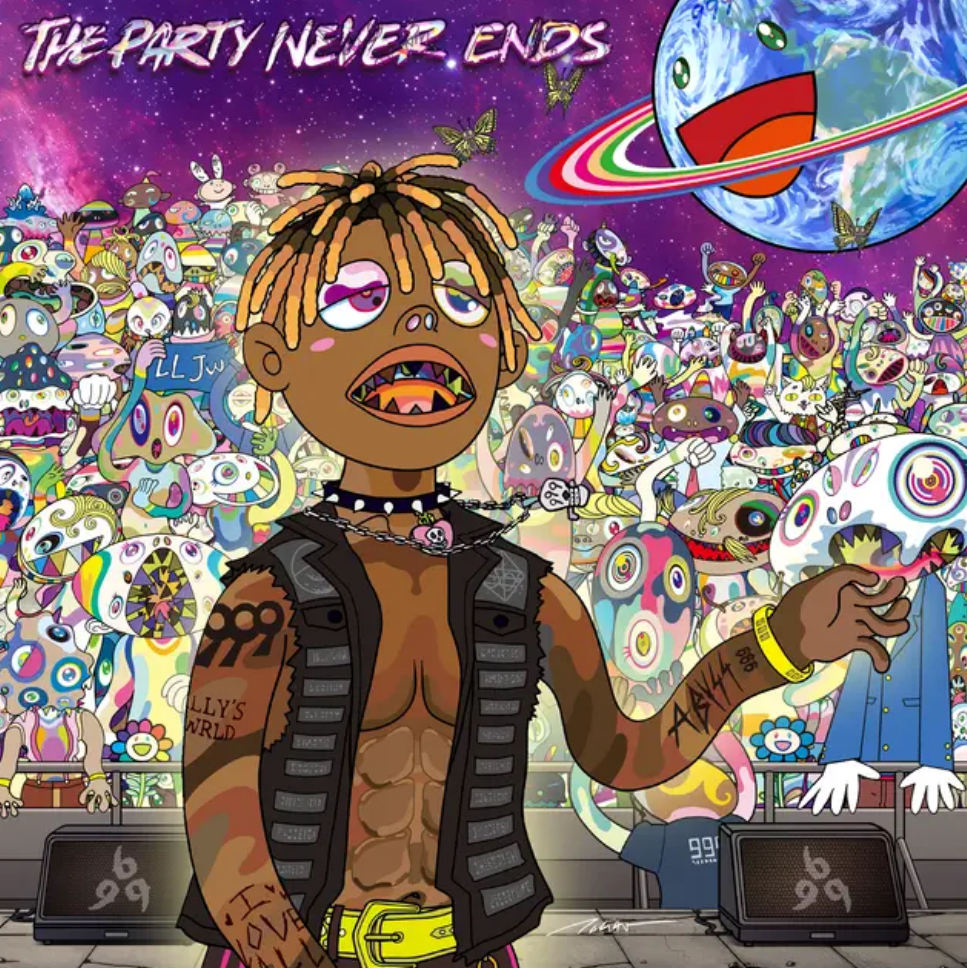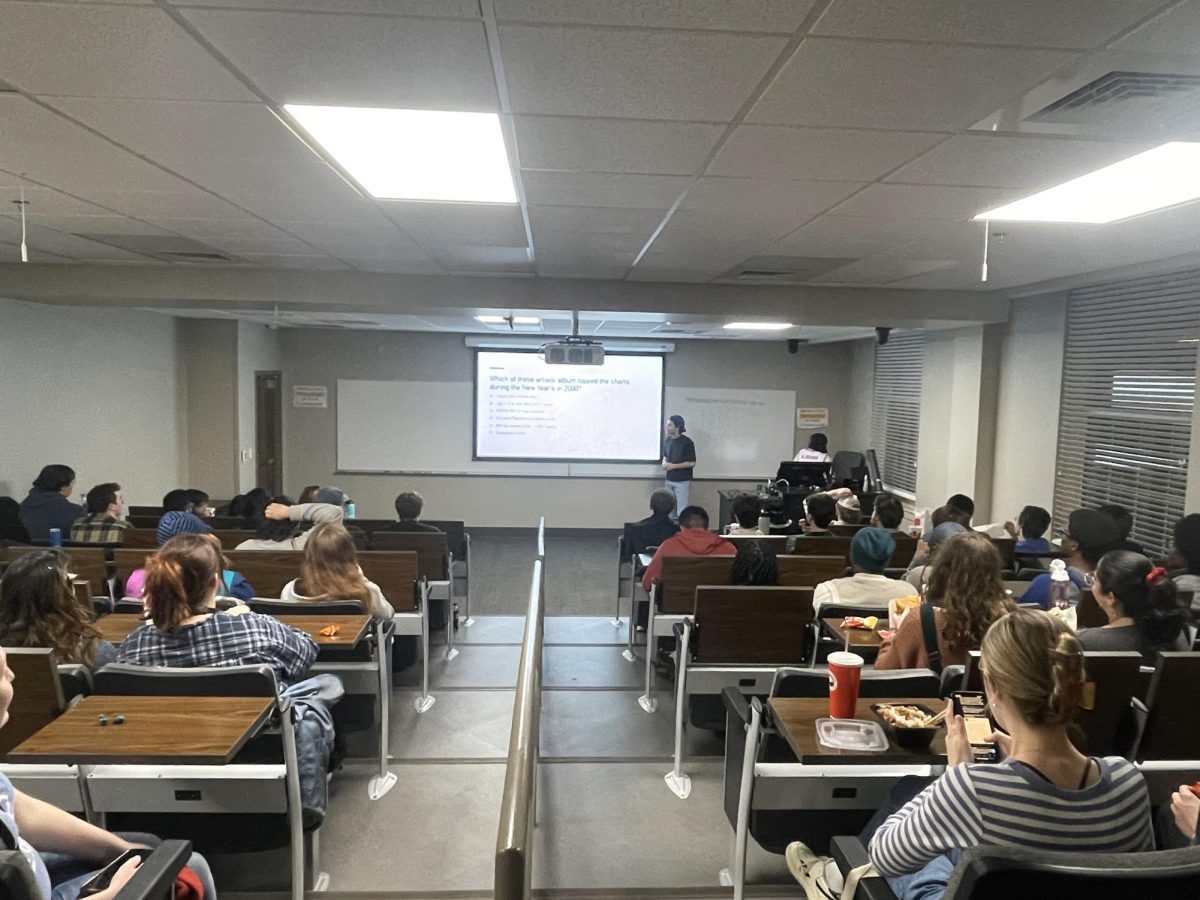As I left the theater after seeing Steven Soderbergh’s latest film, “Contagion”, the woman in front of me coughed and then grabbed the railing as she walked down the stairs. I could see the people around me look at her in disgust as we exited the theater. No one else in our vicinity touched the railing.
“Contagion” is the story of an airborne virus, MEV-1, that kills its victims shortly after being contracted. The film parallels the work of the medical community and government to find a cure with the struggles facing the ordinary people who come into contact with the virus. Within the first fifteen minutes of the film, the magnitude of MEV-1 becomes evident to the viewer. The rate at which it spreads is much greater than anyone expected, and it is so easily transmitted between people that everyone begins to fear contamination. Millions of people die, and chaos breaks out across the globe.
The all-star cast includes Matt Damon, Jude Law, Lawrence Fishburne, Marion Cotillard, Gweneth Paltrow and Kate Winslett, who play people around the world affected by the virus. Most of the actors do not come in contact with one another during the film. Instead, a series of parallel stories about the different characters’ experiences is told.
The lack of character development makes the film less appealing because it is hard to empathize with one individual, but perhaps Soderbergh’s intent was never to create characters in which the audience could associate with on a deeper level. Like the globalist undercurrents in the film, Soderbergh’s intent was to show the complexities and expansiveness of globalization by developing multiple stories across multiple states and nations. By following the virus as it crosses the planet, “Contagion” demonstrates the amazing ease with which individuals from all over the world come in contact.
In a scene that is best representative of the globalist theme of the movie, Cotillard, a World Health Organization doctor, reviews security camera footage from a Hong Kong casino where the virus is believed to be first transmitted. The footage reveals people from all over the world interacting with each other. They then return to their home countries and so begins the spread of the virus.
On the surface, “Contagion” is a film about a virus and the impact it has on the main characters, but it is also much more than that. It is a commentary on the human condition and rise of globalism. The trans-border story covers every continent, and the characters are not unified by anything more than their association to MEV-1. Although the major actors in the film could easily be found sitting in the front row of the Kodak Theater on Oscar night, there is not one character that is more developed than the others. The stories of individual struggle are isolated and not woven to a single fabric. This is the great irony of the film. A story of globalism and interconnectivity illustrates the isolation that is also created by a seemingly smaller world.









